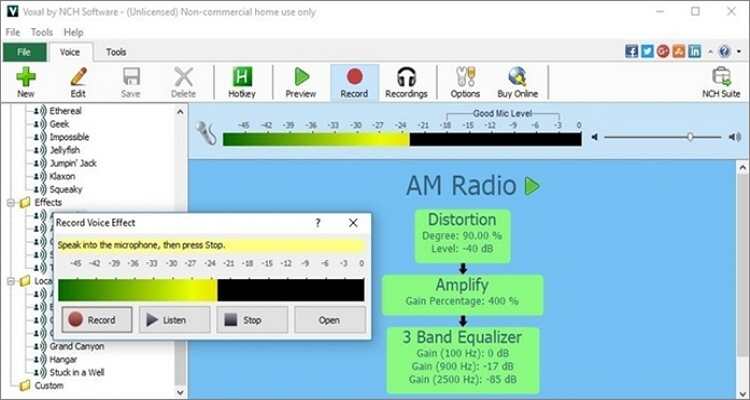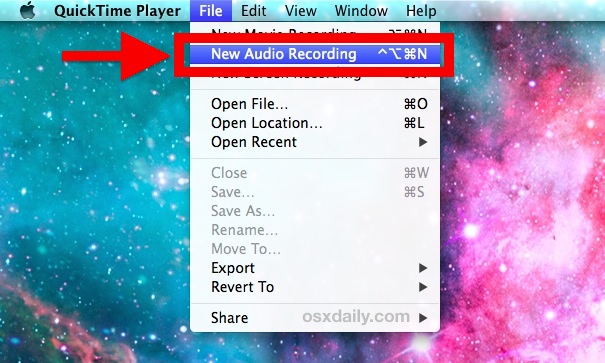

For the newcomer, though, it may seem almost hopelessly complex. Choosing the Right DAWįrom the standpoint of someone recording 20 or 30 years ago, a DAW today is like a giant candy store it's as if you can do almost anything. It's all nearly unlimited and "in the box" now. You can create as many instances of effect plug-ins as you want, including spot-on emulations of compressors that used to cost several thousand dollars each, and attach them to as many mixer channels as you want.

Software packages that cost a few hundred dollars now deliver hundreds of audio tracks and incredibly flexible editing. Digital audio recording on the computer was just starting to become affordable. The only easy multitrack recording you could do at the time was with MIDI, with hardware synthesizers or samplers, and maybe with a Mac or an Atari ST computer attached as a sequencer. And you'd be sharply limited in the kinds of projects you could produce. If you were on a budget, you'd probably stick with a tried-and-true Tascam or Yamaha four-track tape recorder and Alesis compressor, get used to bouncing tracks in mono, make peace with tape hiss, and remember to clean the tape heads every week. In other words, you were looking at about $10K to $15K worth of gear to start-and that's before you got to microphones, speakers, and other accessories. Twenty years ago, to record a music album at a professional level, you needed a sizable mixing console, several eight-track digital records (such as ADATs or DA-88s), and a good selection of outboard compressors, reverb units, and other effects, plus a two-track deck to mix down to. There has never been a better time to buy digital audio workstation (DAW) software.
#VOICE PROGRAMS FOR MAC HOW TO#
How to Get Started With Project Management.How to Find Free Tools to Optimize Your Small Business.How to Set Up Two-Factor Authentication.How to Save Money on Your Cell Phone Bill.



 0 kommentar(er)
0 kommentar(er)
